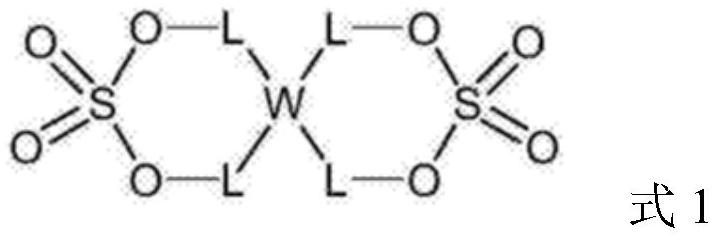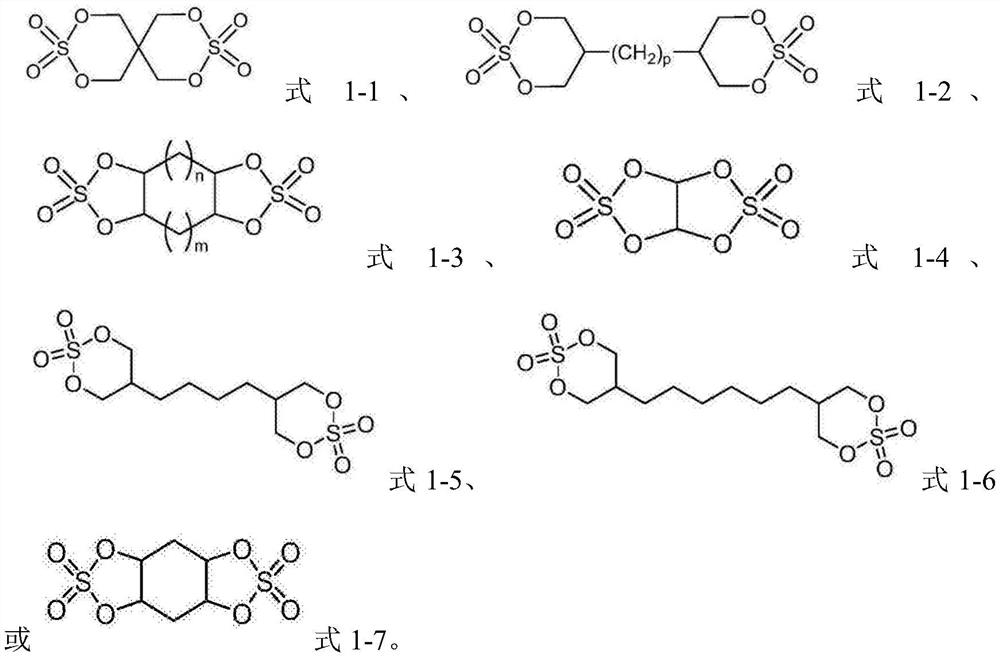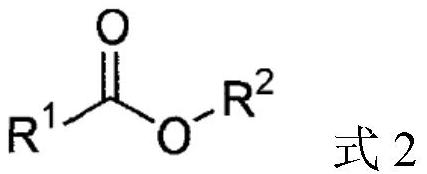Electrochemical device and electronic device
An electrochemical and electrolyte technology, applied in the field of energy storage, can solve the irreversible reduction reaction of lithium ions, reduce the charge-discharge cycle efficiency of lithium-ion batteries, affect the high-temperature cycle and expansion performance and safety of lithium-ion batteries, etc.
- Summary
- Abstract
- Description
- Claims
- Application Information
AI Technical Summary
Problems solved by technology
Method used
Image
Examples
preparation example Construction
[0119] Preparation of negative electrode
[0120] The negative electrode in the electrochemical device of the present application can be prepared using any known method. For example, a binder, a solvent, a thickener, a conductive material, a filler, etc. are added to the negative electrode active material to form a slurry, and the slurry is coated on the negative electrode current collector, and after drying, press to form electrodes. The negative electrode active material can also be roll-formed to form a sheet-like electrode, or formed into a granular electrode by compression-molding.
[0121] II. Electrolyte
[0122] The electrolytic solution used in the electrochemical device of the present application includes an electrolyte and a solvent for dissolving the electrolyte. In some embodiments, the electrolyte solution used in the electrochemical device of the present application further includes additives.
[0123] Another main feature of the electrochemical device o...
Embodiment
[0282] The performance evaluation of the examples and comparative examples of the lithium-ion battery according to the present application will be described below.
[0283] 1. Preparation of lithium ion battery
[0284] 1. Preparation of negative electrode
[0285] Mix artificial graphite, styrene-butadiene rubber and sodium carboxymethyl cellulose with deionized water in a mass ratio of 96%:2%:2%, and stir evenly to obtain negative electrode slurry. This negative electrode slurry was coated on a 12 μm current collector. Drying, cold pressing, cutting into pieces and welding tabs to obtain the negative electrode.
[0286] 2. Preparation of positive electrode
[0287] Lithium cobalt oxide (LiCoO 2 ), conductive material (Super-P) and polyvinylidene fluoride (PVDF) are mixed with N-methylpyrrolidone (NMP) according to the mass ratio of 95%:2%:3%, and stirred evenly to obtain positive electrode slurry. The positive electrode slurry was coated on a 12 μm aluminum foil, dried,...
PUM
| Property | Measurement | Unit |
|---|---|---|
| Surface roughness | aaaaa | aaaaa |
| Tensile strength | aaaaa | aaaaa |
| Thickness | aaaaa | aaaaa |
Abstract
Description
Claims
Application Information
 Login to View More
Login to View More - R&D
- Intellectual Property
- Life Sciences
- Materials
- Tech Scout
- Unparalleled Data Quality
- Higher Quality Content
- 60% Fewer Hallucinations
Browse by: Latest US Patents, China's latest patents, Technical Efficacy Thesaurus, Application Domain, Technology Topic, Popular Technical Reports.
© 2025 PatSnap. All rights reserved.Legal|Privacy policy|Modern Slavery Act Transparency Statement|Sitemap|About US| Contact US: help@patsnap.com



